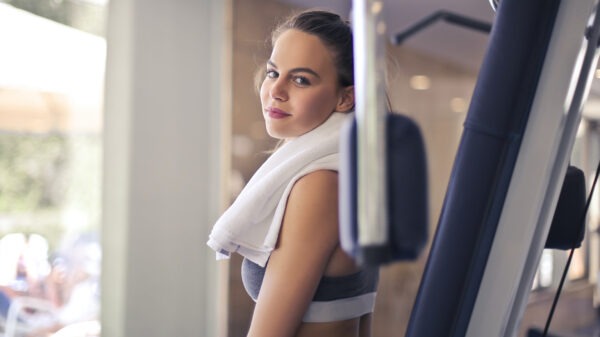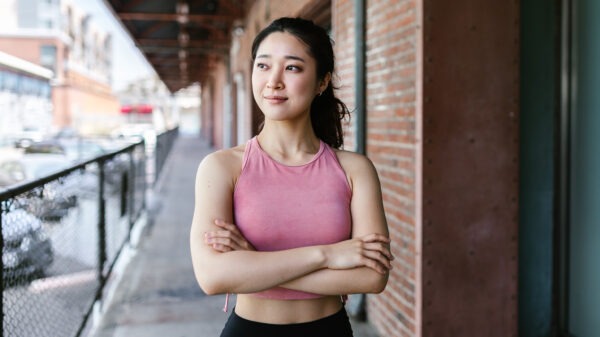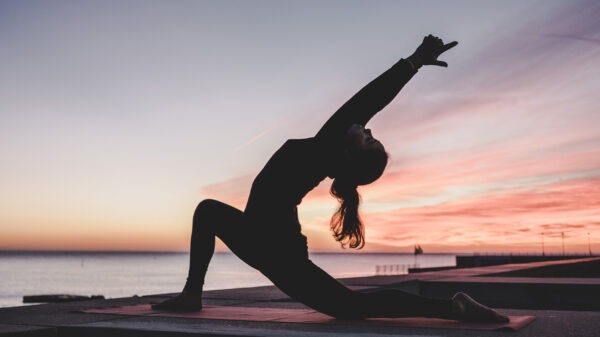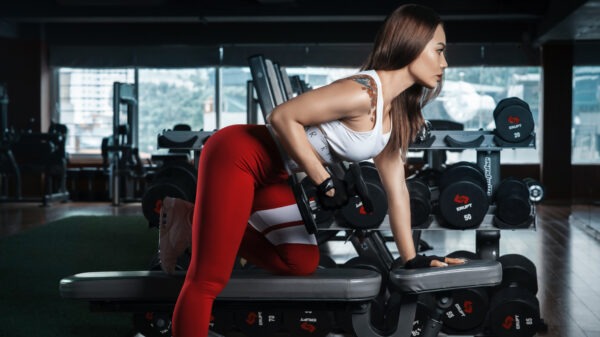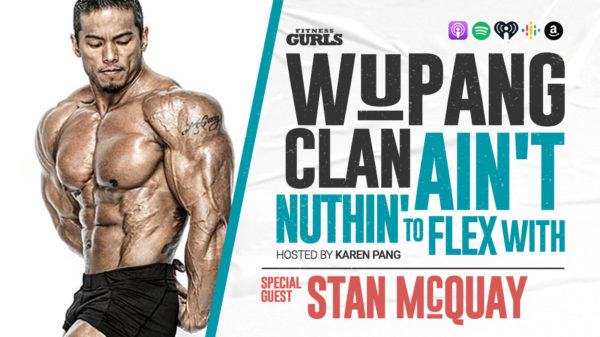As many of you get in the full swing of contest prep or just hitting the gym to get in shape for the summer, some of you may be wondering how you can get over that plateau you are on!
As a fitness competitor and previous athlete, I have spent many hours in the gym doing the same thing day in, day out. My morning routine is the stair mill and my evening routine is to hit the weights and back on the stairs. It has worked well for me in the past and that can work well for you too! However, there comes a point where you want to reshape your bottom half without countless squats on the squat rack and running on the treadmill.
After hiring Kim Oddo as my coach this year for contest, he quickly gave the red light on leg training. I carry a lot of muscle in my legs from previous athletics and I now am focusing on purely conditioning them, not growing them!
Benefits of Plyometrics
Plyometrics can be performed for the upper or lower body. Both types of plyometrics, especially lower body mimic those same movements that you see in athletics, such as basketball, soccer, volleyball, etc. Athletes perform plyometrics in their daily routine while practicing and during games. These movements can help to increase your explosiveness, agility and performance when it comes to vertical jump, long jumping, sprints and bounds.
For those of us that don’t necessarily need to increase our vertical jump for a sport, we can still incorporate plyometrics in our weekly routine for a challenging way to get lean fast, all the while feeling like an athlete!
Plyometric Safety
Keep in mind that plyometrics can be tough on knees and feet. Make sure you do appropriate moves for your situation and practice correct form on all movements.
For example, box jumps should be performed by landing on the box with your entire foot, not just your toes. The key is to be light and agile on your feet and not plow your feet into the landing area. Think light as a feather!
Another consideration is the surface that you perform plyometrics on. It is best to find a rubberized surface, found in most gyms, to do these workouts. Hardwood floors aren’t horrible, as they absorb some of the impact.
![]()
Perform each movement once with minimal rest in between. At end of circuit, rest 2 minutes then complete another round until you get to three sets of each.
3 x 30 Box Jumps
3 x 30 Side Box Jumps
3 x 30 Split Squats
3 x 30 Jump Squats
3 x 15 Tuck Jumps
Lateral Bounds 1 minute
Side Hops 1 minute
![]()
Perform each movement once with minimal rest in between. At end of circuit, rest 2 minutes then complete another round until you get to three sets of each.
3 x 30 kettle ball swings
3 x 15 Ploy Pushups
3 x 30 Medicine Ball Slams
3 x 15 Side Throws (each side)
![]()

Follow Katie Elkins on Twitter
@FittKitty

